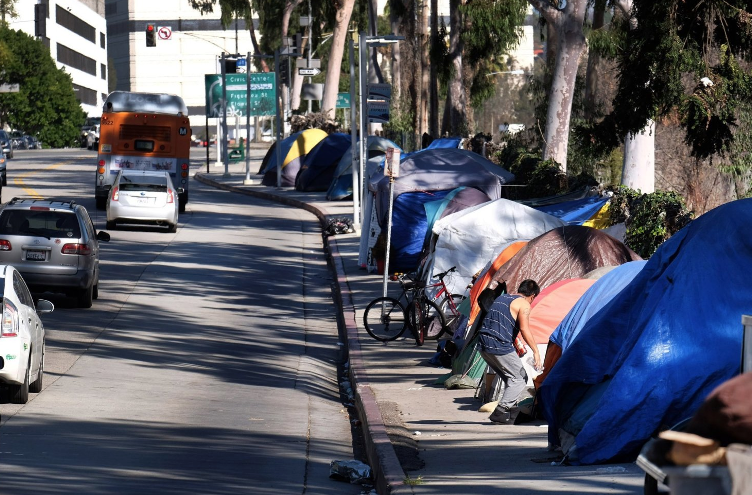CommentsINSIDER REPORT--Los Angeles, with more than sixty-six-thousand homeless residents, is experiencing a housing disaster.
With ever-increasing housing costs and stagnating wages—to say nothing of the economic catastrophe visited upon us by the pandemic—it is no surprise that Los Angeles’ poor are doing so poorly.
This Saturday, October 10th, is the tenth annual World Homeless Day. It is a day we are called upon to more deeply consider the issues of homelessness and what we may do, both individually and collectively, to work towards resolving the endemic problem.
In addition to the painfully visible homeless we see as we navigate LA streets, there is an insidious, overlooked problem of invisible homeless people. Many more people are in a cycle of couch-surfing, motel-living, and sleeping in their cars—among others.
Governor Gavin Newsom, in his State of the State Address, said, “We turned away when it wasn’t our sister, our brother, our neighbor, or our friend.” I’d say that most of us turn away when it is someone we know, too. Make Them Visible, a short film, reveals how we see our homeless neighbors. It’s incredibly powerful and at just three-and-a-half minutes in length worth the watch—you can find it and other resources at Time4Homes.org/WHD.
We must confront what roles we play, wittingly or unwittingly, in the trauma that is homelessness. Do we speak up when we see someone mistreating an unhoused person? Do we call the police about encampments? Do we support policies or politicians that work to criminalize the homeless? Are we proud of what we do?
We also need to think about what homelessness and our mental image of those who experience it. It is often said that many, if not most, homeless people want to be homeless. That is far from the truth. It is often said it is only because of a lack of jobs or that homeless people are lazy. That is far from the truth. In my experience, most homeless people work exceptionally hard to survive.
Homelessness isn’t an issue that only adults face. With 1 in 30 youth experiencing homelessness (roughly the equivalent of the entire population of Chicago) in a given year, this problem dramatically impacts children. It is far closer to home than we might be comfortable thinking about.
Fortunately, there are many ways to make a difference. One of the most important is simultaneously the easiest and most difficult: provide dignity. Please do not studiously ignore the homeless person on the park bench or look away from the one sitting on the sidewalk as you pass. Greet them or strike up a small conversation. Many homeless people report that more difficult than giving up their possessions is giving up the dignity of being seen.
If you are willing to make a difference, consider giving your time or a donation to Time For Homes, a national charity working to end homelessness, uses a housing-first, trauma-informed, data-driven model in its push towards systemic change. You may check out Time4Homes.org/WHD for more resources and ways you can get involved.
(James Ryan is President of Time For Homes, Inc. Time4Homes.org )
-cw
















